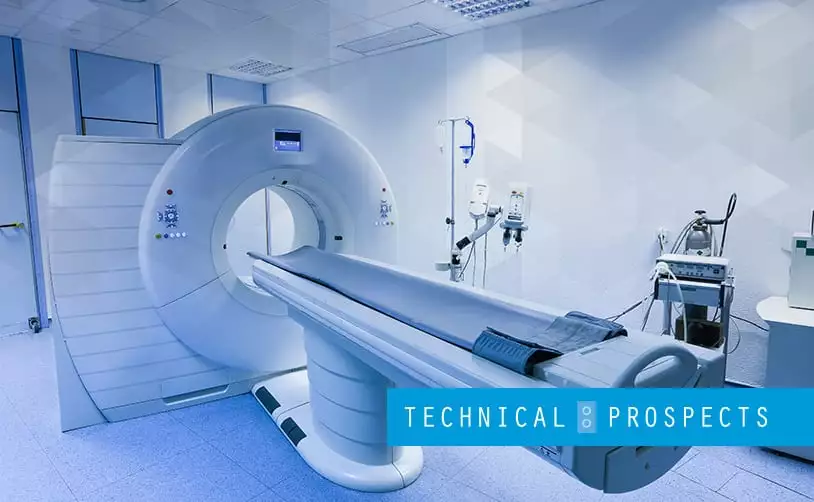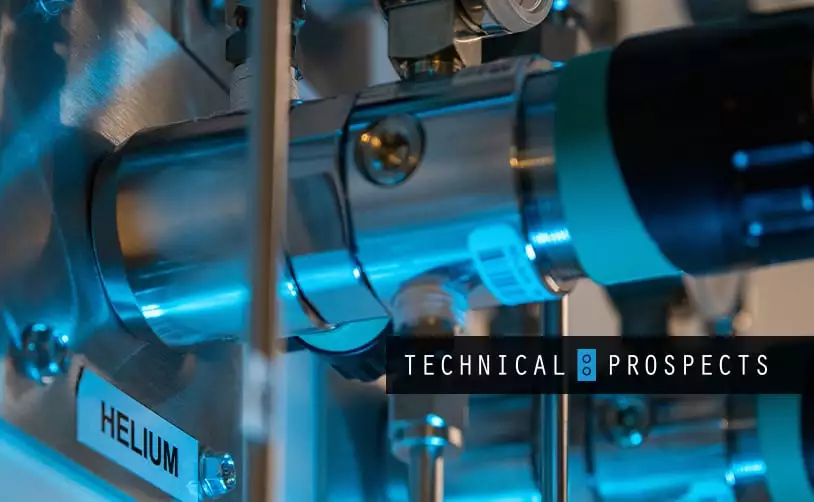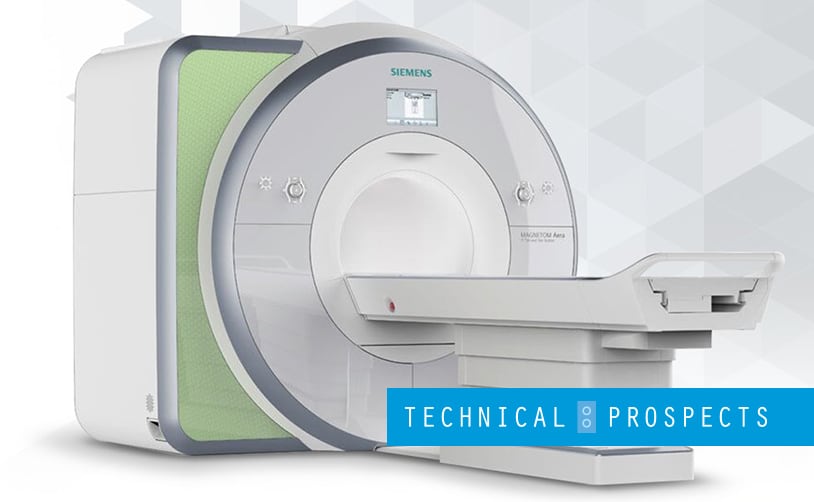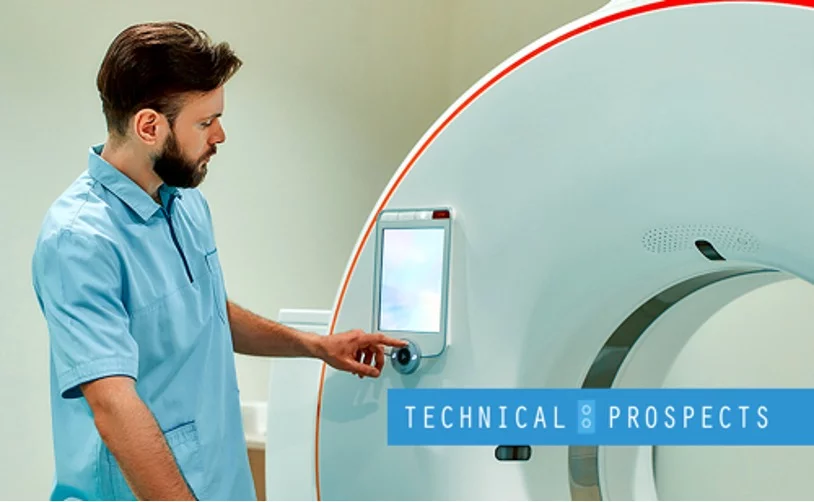CT scan equipment has modernized diagnostic medicine, allowing healthcare providers to easily see inside various parts of the body. It is often also used in treatment tracking and in measuring the success of completed courses of treatment.
The person viewing the data from each scan can see different tissue types, organ functions and structures, and is better able to make an informed decision with the information they interpret from the scans. However, sometimes CT scan images contain “artifacts,” or any anomaly in the image that is not actually present in the scan area. These appear as abnormalities in the image, including a “streak” effect.
What is a Streak Artifact
Streak artifacts are a particular type of CT scan artifact that show a continuous or mostly continuous line or series of dots across the image. This “streak” is not reflective of the data that CT imaging equipment compiles, and is an anomaly that can be confusing to the medical professional interpreting the scan results. Streak artifacts can sometimes be so damaging to the scan that a second scan needs to be performed.
There are a few different things that can cause a streak artifact in your CT images. Most frequently, beam hardening is to blame. Beam hardening occurs when the scan beam passes through a heterogeneous barrier, part of which is a dense substance like metal or bone. As some of the beam passes through this dense area while the rest of it does not, this portion of the x-ray beam loses more energy than the rest. Beam hardening results in streak anomalies immediately following the denser portion of the body that has been scanned.
Another cause could be attributed to a physical reaction called Compton scatter, or photon starvation. In essence, the CT imaging process uses x-ray photons and energy from the body to create its images. If the photons change energy levels and direction during the scan, they may end up returning to the wrong detector than they are intended to. This can happen because some parts of the body are more attenuating than others and interfere with the scan beam. When photons return to a detector that should contain very few photons, it creates an artifact in the image.
Streak artifacts can also be caused by a number of patient factors as well. If the patient fails to remain still for the imaging process, artifacts may occur. The same applies for failure to remove any piece of metal or other dense material from the body prior to the scan.
How To Prevent Streak Artifacts
Preventing streak artifacts comes down to two basic principles. They are operator competency and equipment management. If your CT scan technician and the person interpreting the scan data are both trained and experienced, this can reduce the likelihood of streak artifacts. If your equipment is properly housed, maintained, and serviced, this will drastically reduce the likelihood of artifacts as well.
Operator competency includes the operator’s ability to properly inform the patient of the procedure prior to the scan process, and their ability to keep a patient comfortable in order to reduce movement. It also includes understanding the equipment and scan process and allows for optimal warm-up time when required. Knowing which parts of the body might pose a greater risk for artifacts can help the scan operator better position the patient, and choose better angles of approach, depending on the imaging need. Selecting the best calibration parameters for each scan is also a crucial operator requirement in preventing artifacts.
Equipment management means not only properly maintaining the CT imaging equipment but understanding when to upgrade and when to service equipment. Some software upgrades on certain models of CT scanners allow for automatic tube current modulation and adaptive filtration, which help to decrease the likelihood of artifacts.
When it’s Time to Replace/Repair
Even if your CT scan technician is properly trained and understands the optimal operating procedures for your particular imaging need, and you’ve properly maintained your equipment throughout its lifespan, you may still see imaging artifacts in your scans. You could start by searching for software upgrades to mitigate the risk of artifact, if any such upgrades are available for your machine model. If you’re still seeing streak artifacts after an upgrade, it may be time to call a service technician to diagnose any potential mechanical issues.
Many leased and purchased CT scan machines have their own service plans, and an equipment diagnosis may be included in that service agreement. There are several parts of CT scan machines that need periodic replacement or repair, even with normal use. Your service tech can let you know if your equipment requires this type of maintenance.






